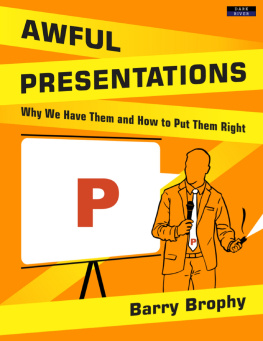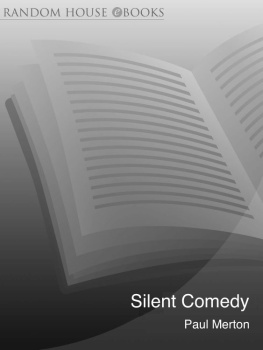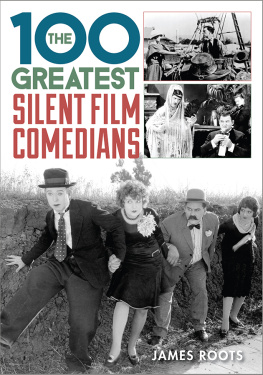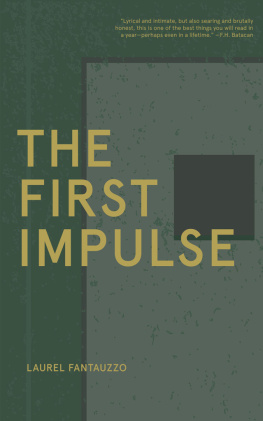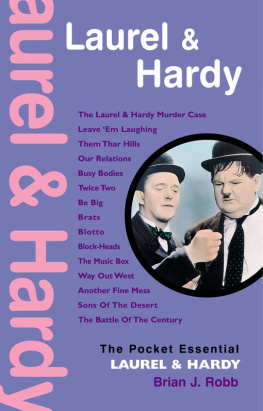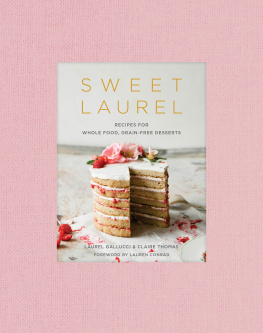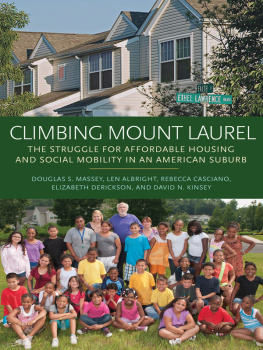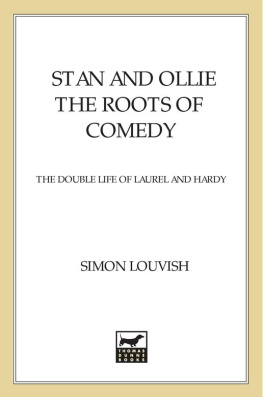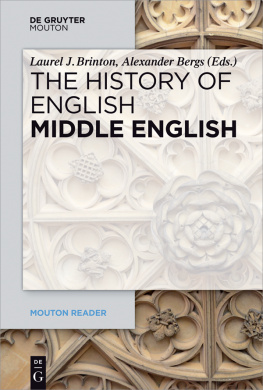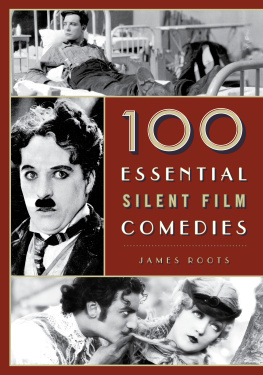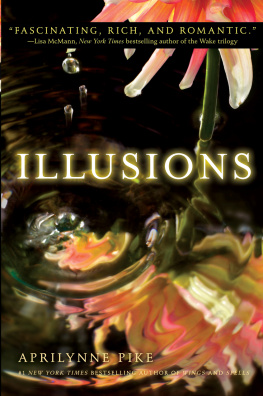The Laurel and Hardy Legacy: Sitcom Stars Talk Stan and Ollie
*
Barry Brophy
*
[Kindle Edition]
*

An imprint of Bennion Kearny
*
Published in 2016 by Dark River, an imprint of Bennion Kearny.
Copyright Dark River 2016
ISBN: 978-1-911121-22-0
All Rights Reserved. No part of this publication may be reproduced, stored in a retrieval system, or transmitted in any form or by any means, electronic, mechanical, photocopying, recording or otherwise, without the prior permission of the publisher.
This book is sold subject to the condition that it shall not, by way of trade or otherwise, be lent, re-sold, hired out or otherwise circulated without the publishers prior consent in any form of binding or cover other than that it which it is published and without a similar condition including this condition being imposed on the subsequent purchaser.
Dark River has endeavoured to provide trademark information about all the companies and products mentioned in this book by the appropriate use of capitals. However, Dark River cannot guarantee the accuracy of this information.
Published by Dark River, an imprint of Bennion Kearny Limited, 6 Woodside, Churnet View Road, Oakamoor, Staffordshire, ST10 3AE
www.BennionKearny.com
Table of Contents
Dedication
This book is dedicated to my brother and friends who grew up with me and with Laurel and Hardy.
About the Author
Barry Brophy is a writer and a lecturer in communications at University College Dublin. He is married with two young children who, having only seen Laurel and Hardy a handful of times, christened them, Fall Down.
Acknowledgements
I would like to thank all of the contributors who gave up their valuable time to talk to me when they must have had a great many more pressing things to do. I would also like to thank all the agents, PAs, and publicists who dealt with my correspondence and occasionally put in a good word on my behalf.
About this Book
Laurel and Hardy made their greatest films between 1926 and 1940. Over seven decades later, many of the top names in comedy still cite them as both key influences and favourites. This book is based on a set of interviews with some of the biggest names in television comedy who talk about the greatest double act of all time and parallels with their own work.
Ray Galton and Alan Simpson were interviewed together and, for that reason, I didnt distinguish who said what. The only other quotations, taken from rare interviews given in the late 1940s and 1950s, are from Stan Laurel and Oliver Hardy themselves.
1. Characters
The expression character comedy is often used to describe a particular type of humour but in truth, all comedy is character comedy. You laugh more easily and more often among close friends than you would in any other situation. You know these characters so well that even the smallest unscripted moment can bring a smile to your face. In fact, it is a truism in writing that stories can grow only when there are interesting characters in which to seed them; the characters come first. So it was with Laurel and Hardy.
[Stan Laurel]It was the two characters. With most of the teams, there was the straight man and the comic. With us, there were two comicstwo characters.
Stan Laurel used the word character often in interviews. He realised that you can unleash pails of water, pots of paint, chimneyfuls of soot, angry landlords, jealous wives and heavy-handed bailiffs and policemen on any two people, but it will not be funny if you dont believe in and care for those people.
[Bruce Forsyth]The lovely thing about Laurel and Hardy is that I believed them. Their comedy was so pure that I could imagine two guys just like them.
[Stephen Merchant]You feel that you can relate to them. So many of the other names have fallen off the map because they dont have that truth behind them. Abbott and Costello are essentially a vaudeville act, and I think they are very good, but they dont have that realism; you dont really believe that they inhabit a world. But with Laurel and Hardy, you do, endlessly.
[Barry Cryer]Abbott and Costello were brilliant, particularly Lou Costello I have to say, but theirs was a bang, bang, bang, classical double act feed line and then the funny man does the joke but they had no depth. Laurel and Hardy had real character depth. And they also looked as if they liked each other, as men as well as performers. You got this warmth and felt that in the finish, Ollie would never betray Stan.
[Ardal OHanlon]They were such definite characters, very rounded. You could see a silhouette of Laurel and Hardy from a distance of a hundred yards, and theyd be instantly recognisable. They had a great image so bold and strong.
Laurel and Hardy were two characters that people, all over the world, recognised instantly and understood. When their familiar theme music, The Cuckoo Song, started up, you knew exactly what was in store, and it excited not only a feeling of great familiarity but also of great warmth.
[Graham Linehan]Im not a huge fan of a lot of the stuff from the silent era. I admired many of the things that Chaplin and Keaton did but what youre really looking to do is just laugh uncontrollably, and Laurel and Hardy are still able to reach out from the past and make you do that.
[Galton & Simpson]The impression you get with Chaplin is that he was far too deliberate. He was brilliant in what he did but Laurel and Hardy seemed more natural.
The obvious question is where did these two characters come from? Who dreamt up Stan and Ollie? Who plagued movie producers and studio executives with scripts, imploring them to give the idea a break? The truth is that there was no single creator; the Laurel and Hardy characters simply evolved, and it took quite some time.
The events that begot Stan and Ollie are often recounted but dont align into a single agreed story. Some people credit Leo McCarey, a supervisor at the Hal Roach Studios where Laurel and Hardy made most of their films (31 silent shorts, 40 talking shorts, and 14 feature films) with spotting and nurturing the rapport. Others credit Hal Roach, himself. Many argue that Stan Laurel part actor, part writer, part editor, part producer contributed more to forming the characters than anyone else. In truth, it was probably all of these people and quite a few more: writers, gag men, directors and even supporting actors. And it wasnt just people but also circumstance and environment that allowed the characters to grow. Principal among these environmental factors was the movie studio of Hal Roach.
The Hal Roach Studio provided the ideal climate for Laurel and Hardy in the mid-1920s. Big enough to employ quality actors, directors, writers, and technicians, it was not so large that films had to be made in the regimented way they were produced in the movie factories of Fox, Universal, and MGM. The studio facilitated quality without compromising creativity. Moreover, its sole business was laughter.
Stan Laurel had made a circuitous and at times torrid journey to Roach, where, at the age of 37, he was about to form the most famous comedy partnership in history. But there are two ironies about the pairing of Laurel and Hardy in 1926. The first is that, at the time, Stan had all but given up on acting.
[Stan Laurel]I wasnt too successful as a comic. They told me my eyes were too blue to photograph, which was a kind excuse, and I didnt feel I was so hot myself. So I was very happy to get into some other end of the business. F. Richard Jones was the supervisor at Roach and he felt I had great possibilities as a director, so during this time they made a director out of me.


